<< Our Photo Pages >> Temple Mount - Ancient Temple in Israel
Submitted by Andy B on Monday, 20 December 2010 Page Views: 18176
Roman, Greek and ClassicalSite Name: Temple Mount Alternative Name: Mount Moriah, The Wailing Wall, Western Wall, The Noble SanctuaryCountry: Israel Type: Ancient Temple
Nearest Town: Jerusalem
Latitude: 31.777611N Longitude: 35.235500E
Condition:
| 5 | Perfect |
| 4 | Almost Perfect |
| 3 | Reasonable but with some damage |
| 2 | Ruined but still recognisable as an ancient site |
| 1 | Pretty much destroyed, possibly visible as crop marks |
| 0 | No data. |
| -1 | Completely destroyed |
| 5 | Superb |
| 4 | Good |
| 3 | Ordinary |
| 2 | Not Good |
| 1 | Awful |
| 0 | No data. |
| 5 | Can be driven to, probably with disabled access |
| 4 | Short walk on a footpath |
| 3 | Requiring a bit more of a walk |
| 2 | A long walk |
| 1 | In the middle of nowhere, a nightmare to find |
| 0 | No data. |
| 5 | co-ordinates taken by GPS or official recorded co-ordinates |
| 4 | co-ordinates scaled from a detailed map |
| 3 | co-ordinates scaled from a bad map |
| 2 | co-ordinates of the nearest village |
| 1 | co-ordinates of the nearest town |
| 0 | no data |
Internal Links:
External Links:
I have visited· I would like to visit
Kuba visited on 22nd Mar 2022 - their rating: Amb: 4 Access: 4
Megalithic89 visited on 1st May 1984 - their rating: Cond: 5 Amb: 5 Access: 4
Kuba visited - their rating: Amb: 4 Access: 4
Andy B have visited here
Average ratings for this site from all visit loggers: Ambience: 4.33 Access: 4

Among Muslims, the Mount is widely considered to be the third holiest site in Islam. Revered as the Noble Sanctuary and the destination of Muhammad's journey to Jerusalem and ascent to heaven, the site is also associated with Jewish biblical prophets who are also venerated in Islam. The al-Aqsa Mosque and Dome of the Rock, the oldest extant Islamic structure in the world, currently stand on the site.
In light of the dual claims of both the Islamic and Jewish faiths, it is one of the most contested religious sites in the world. Controlled by Israel since 1967, both Israel and the Palestinian Authority claim sovereignty over the site, which remains a major focal point of the Arab-Israeli conflict. A Muslim council, known as the Muslim Waqf, manages the site. The Israeli government enforces a controversial ban on prayer by non-Muslim visitors.
The hill is believed to have been inhabited since the 4th millennium BCE. Its southern section was walled at the beginning of the 2nd millennium BCE, in around 1850 BCE, by Canaanites who established a settlement there (or in the vicinity) named Jebus. According to the Bible, it was this city that King David captured in around 1000 BCE and renamed the City of David. David intended to build a sanctuary to God, as the first temple of the Israelites in Jerusalem, outside the city walls on the northern edge of the hill. He purchased the area, which the Bible refers to as Mount Moriah, from Araunah who owned the site. David's son Solomon completed the task of erecting the First Temple at the site in 960 BCE. Solomon’s Temple was destroyed by Nebuchadnezzar II of Babylon in 586 BCE.
The Western Wall commonly refers to an 187 feet (57 m) exposed section of ancient wall situated on the western flank of the Temple Mount. This section faces a large plaza and is set aside for prayer. In its entirety, however, the above ground portion of the Western Wall stretches for 1,600 feet (488 m)
Read more at Wikipedia
Note: Kings of Controversy. Was the kingdom of David and Solomon a glorious empire, or just a little town? It depends on which archaeologist you ask.
You may be viewing yesterday's version of this page. To see the most up to date information please register for a free account.

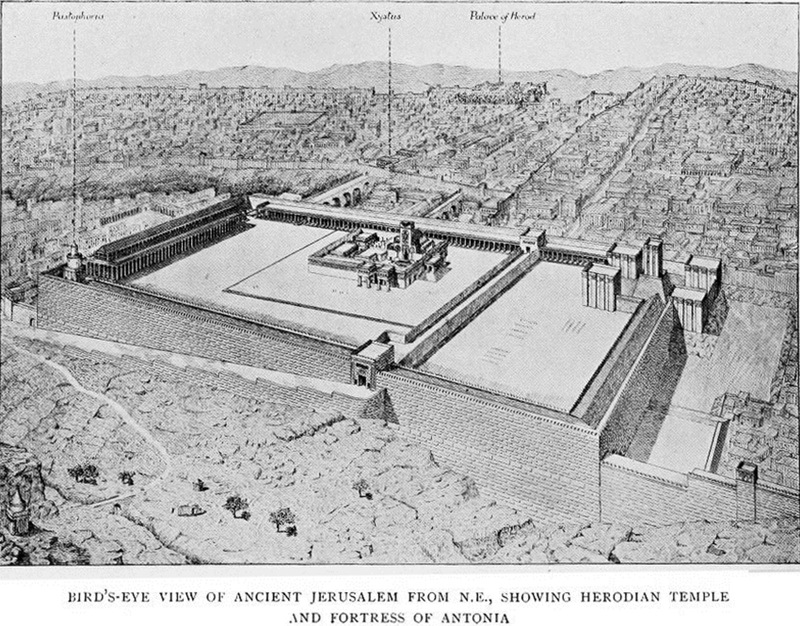
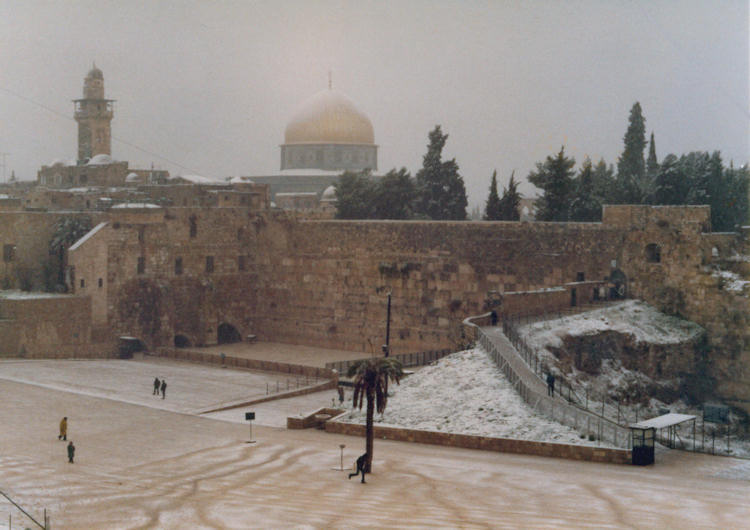
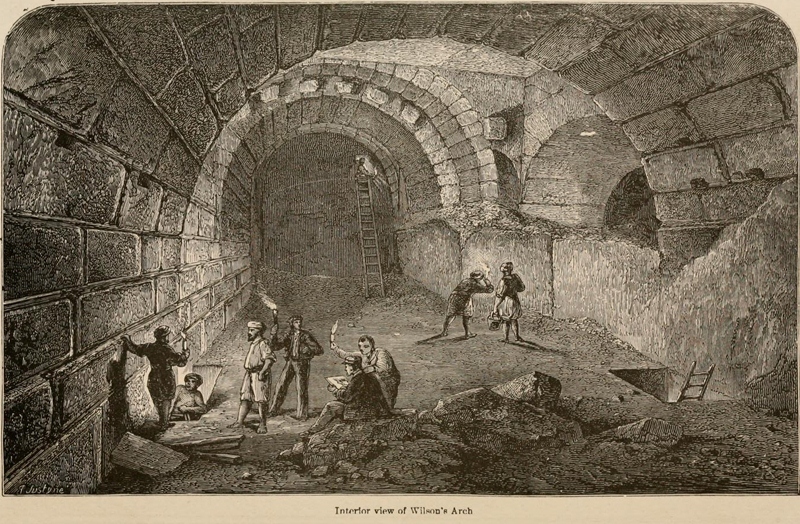
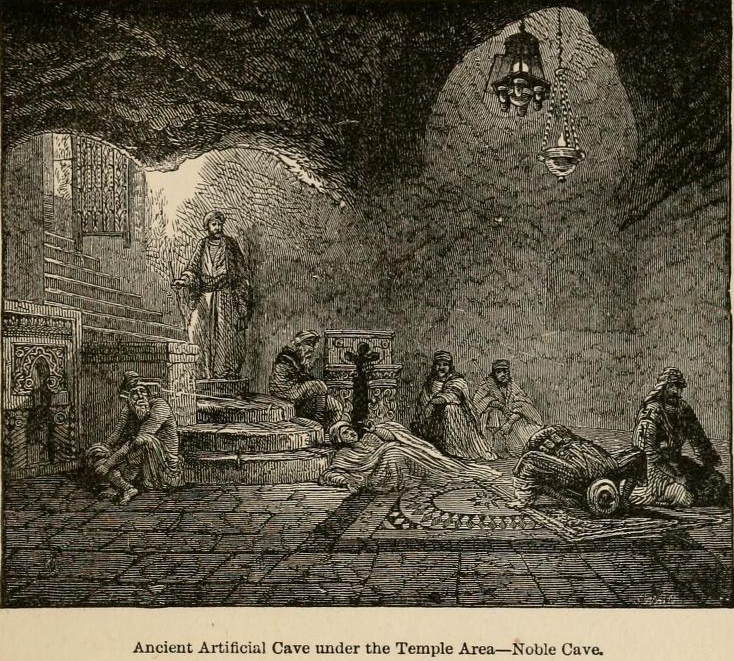


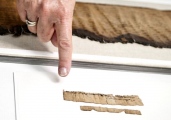



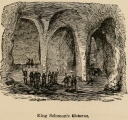




Do not use the above information on other web sites or publications without permission of the contributor.
Click here to see more info for this site
Nearby sites
Click here to view sites on an interactive map of the areaKey: Red: member's photo, Blue: 3rd party photo, Yellow: other image, Green: no photo - please go there and take one, Grey: site destroyed
Download sites to:
KML (Google Earth)
GPX (GPS waypoints)
CSV (Garmin/Navman)
CSV (Excel)
To unlock full downloads you need to sign up as a Contributory Member. Otherwise downloads are limited to 50 sites.
Turn off the page maps and other distractions
Nearby sites listing. In the following links * = Image available
404m S 173° City of David* Ancient Village or Settlement
584m S 178° Hezekiah's Tunnel* Ancient Mine, Quarry or other Industry
761m N 3° 2000 year old stone fragment in Jerusalem* Marker Stone
3.5km N 9° Shuafat road Chalcolithic period site* Ancient Village or Settlement
3.5km SSW 210° Talpiot Tomb Rock Cut Tomb
6.3km WNW 283° Tel Motza* Ancient Village or Settlement
7.1km SSW 206° Rachel's Tomb Ancient Temple
8.9km WNW 284° Motza Neolithic City* Ancient Village or Settlement
12.5km S 177° Herodion* Ancient Palace
20.6km ENE 67° Jericho* Ancient Village or Settlement
21.6km E 101° Qumran* Ancient Village or Settlement
23.0km W 261° Tel Beth-Shemesh* Artificial Mound
24.1km WNW 286° Emmaus Ancient Village or Settlement
24.3km WSW 246° 2,000-year-old ‘Emperor’s Road’ near Beit Shemesh* Ancient Trackway
24.7km WSW 248° Ramat Beit Shemesh ritual baths* Ancient Village or Settlement
24.8km ENE 62° The Gilgal associated peacefully with Joshua Stone Circle
27.8km WSW 251° Khirbet Qeiyafa* Ancient Village or Settlement
27.8km N 357° The Gilgal associated with Elijah and Elisha Stone Circle
28.7km WSW 240° Khirbat Ethri* Ancient Village or Settlement
29.6km WSW 253° Tel Azeqa Ancient Village or Settlement
29.7km WSW 238° Tel Burgin* Ancient Village or Settlement
30.5km SSW 203° Cave of the Patriarchs Rock Cut Tomb
31.3km WNW 287° Tel Gezer* Ancient Village or Settlement
31.5km N 9° Tel Shiloh Ancient Village or Settlement
34.2km WSW 242° Tel Goded Ancient Village or Settlement
View more nearby sites and additional images



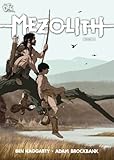

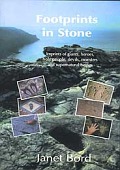
 We would like to know more about this location. Please feel free to add a brief description and any relevant information in your own language.
We would like to know more about this location. Please feel free to add a brief description and any relevant information in your own language. Wir möchten mehr über diese Stätte erfahren. Bitte zögern Sie nicht, eine kurze Beschreibung und relevante Informationen in Deutsch hinzuzufügen.
Wir möchten mehr über diese Stätte erfahren. Bitte zögern Sie nicht, eine kurze Beschreibung und relevante Informationen in Deutsch hinzuzufügen. Nous aimerions en savoir encore un peu sur les lieux. S'il vous plaît n'hesitez pas à ajouter une courte description et tous les renseignements pertinents dans votre propre langue.
Nous aimerions en savoir encore un peu sur les lieux. S'il vous plaît n'hesitez pas à ajouter une courte description et tous les renseignements pertinents dans votre propre langue. Quisieramos informarnos un poco más de las lugares. No dude en añadir una breve descripción y otros datos relevantes en su propio idioma.
Quisieramos informarnos un poco más de las lugares. No dude en añadir una breve descripción y otros datos relevantes en su propio idioma.